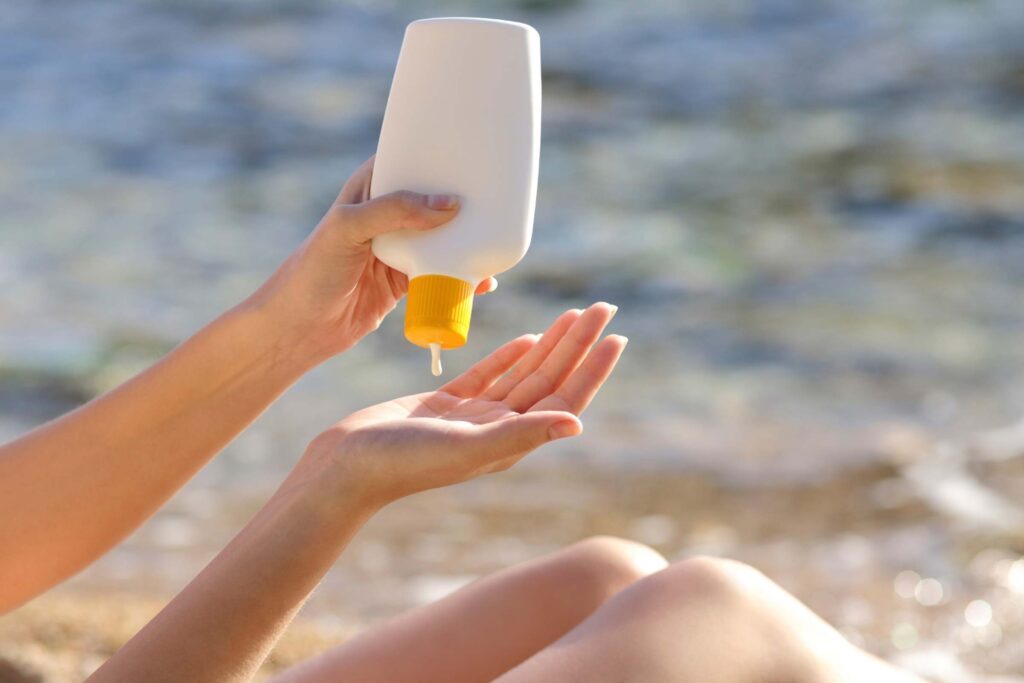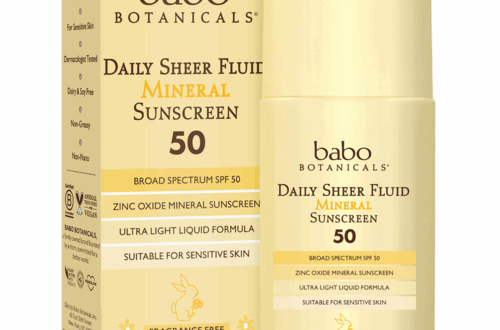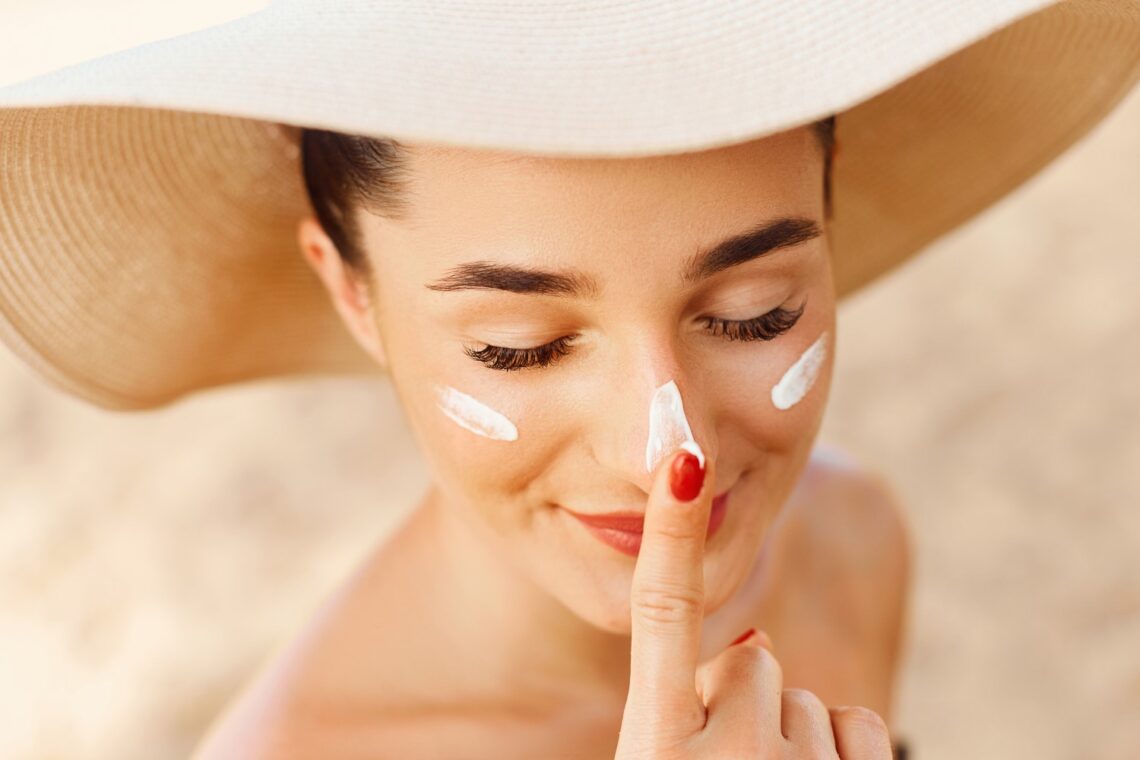As summer beckons, protecting your skin from harmful UV rays is essential, but so is safeguarding the environment. Non-toxic sunscreens, often called natural or chemical-free sunscreens, offer a safer alternative to traditional formulas, avoiding harmful chemicals that can damage both your health and marine ecosystems. With growing awareness of these concerns, the demand for the best natural sunscreen and non-toxic suntan lotion is on the rise. This guide explores what makes a sunscreen non-toxic, its benefits, how to choose the right one, and highlights top picks for 2025 based on expert reviews and safety standards.
What Defines a Non-Toxic Sunscreen?
Non-toxic sunscreens are formulated without chemicals like oxybenzone, octinoxate, and other synthetic UV filters that may pose health risks or harm marine life, such as coral reefs. Instead, they rely on mineral-based active ingredients, primarily zinc oxide and titanium dioxide, which create a physical barrier to reflect UV rays. These sunscreens are often labeled as natural sunscreen or chemical-free sunscreen and prioritize non-nano particles to minimize environmental impact. Certifications like EWG Verified ensure they meet strict safety and transparency standards.
Benefits of Non-Toxic Sunscreens
Research suggests non-toxic sunscreens provide multiple advantages:
- Environmental Safety: Chemicals like oxybenzone contribute to coral bleaching and disrupt marine ecosystems. Non-toxic sunscreens, especially those labeled reef-safe, reduce this impact, aligning with bans in places like Hawaii (Travel and Leisure).
- Healthier for Skin: Avoiding potentially harmful chemicals may reduce risks of skin irritation or hormonal disruptions, as oxybenzone has been linked to endocrine issues in studies (Dr. Axe).
- Gentle for Sensitive Skin: Mineral-based formulas are less likely to cause allergic reactions, making them ideal for sensitive skin types (The Good Trade).

The Environmental Working Group’s (EWG) 2025 Guide to Sunscreens notes that only about one in four of over 2,200 products meets their safety and efficacy standards, highlighting the importance of choosing non-toxic options (EWG).
How to Choose the Best Non-Toxic Sunscreen
Selecting the right best natural SPF involves careful consideration:
- Active Ingredients: Opt for non-nano zinc oxide or titanium dioxide, which are safer for both skin and marine life. Avoid nano-sized particles, as they may harm coral (National Geographic).
- Certifications: Look for EWG Verified or Protect Land + Sea Certification to ensure safety and environmental friendliness (InStyle).
- SPF and Broad-Spectrum: Choose SPF 30 or higher with broad-spectrum protection to shield against UVA and UVB rays (Wirecutter).
- Water Resistance: For swimming or sweating, select a water-resistant formula lasting 40–80 minutes.
- Application Type: Lotions offer thorough coverage, sticks are convenient for travel, and sprays should be avoided if they contain inhalable titanium dioxide (Save the Reef).
- Skin Type: For oily skin, choose matte or lightweight formulas; for dry skin, opt for hydrating options with ingredients like aloe vera or hyaluronic acid.
Top Non-Toxic Sunscreens for 2025
Based on expert reviews and the EWG’s 2025 Guide to Sunscreens, here are some of the best non-toxic sunscreens available:
| Product | Key Features | Best For | SPF | Price Range |
|---|---|---|---|---|
| Thrive Bodyshield SPF 50 | Non-nano zinc oxide, reef-safe, fragrance-free, lightweight | Sensitive skin, daily use | 50 | ~$30 |
| Babo Botanicals Sheer Zinc Mineral Sunscreen Lotion SPF 50 | Organic ingredients, no white cast, water-resistant (80 min) | Families, all ages | 50 | ~$20 |
| Tubby Todd Bath Co. All Over Lotion SPF 30 | EWG Verified, shea butter and jojoba oil, fragrance-free | Hydration and protection | 30 | ~$25 |
| tarte Tarteguard 30 SPF Matte Mineral Sunscreen | Matte finish, non-comedogenic, EWG Verified | Oily/combination skin | 30 | ~$35 |
| Badger Mineral Sunscreen Cream SPF 30 | Organic, unscented, biodegradable, reef-safe | Eco-conscious users | 30 | ~$15 |


- Thrive Bodyshield SPF 50
This mineral sunscreen uses non-nano zinc oxide for broad-spectrum protection. Its lightweight texture absorbs easily without a white cast, making it ideal for sensitive skin (Wirecutter). - Babo Botanicals Sheer Zinc Mineral Sunscreen Lotion SPF 50
Formulated with organic ingredients, this sunscreen is gentle for babies and adults, offering 80 minutes of water resistance and no chalky residue (EWG). - Tubby Todd Bath Co. All Over Lotion SPF 30
EWG Verified, this lotion combines sun protection with moisturizing ingredients like shea butter, perfect for daily use on sensitive skin (EWG). - tarte Tarteguard 30 SPF Matte Mineral Sunscreen
With 22 EWG-approved products, tarte’s matte formula is ideal for oily skin, providing a non-greasy finish (EWG). - Badger Mineral Sunscreen Cream SPF 30
Made with organic ingredients, this reef-safe, unscented sunscreen is biodegradable and gentle, ideal for eco-conscious consumers (Sustainably Kind Living).
Tips for Using Non-Toxic Sunscreens
- Apply Generously: Use about a shot glass worth for full-body coverage, reapplying every two hours or after swimming/sweating (Wirecutter).
- Check Ingredients: Always read labels to avoid harmful chemicals like oxybenzone, homosalate, or parabens (Vogue).
- Store Properly: Keep in a cool, dry place to maintain efficacy of natural ingredients.
- Combine with Protection: Pair with UPF clothing and hats for enhanced sun safety (DiveIn).
Conclusion
Non-toxic sunscreens offer a safe, effective way to protect your skin while preserving the environment. By choosing best natural sunscreens with mineral-based ingredients and certifications like EWG Verified, you can enjoy the sun responsibly. Whether you’re hitting the beach or running errands, these top picks for 2025 ensure you’re covered without compromising health or marine ecosystems. Make the switch to a chemical-free sunscreen today and protect both your skin and the sea.




